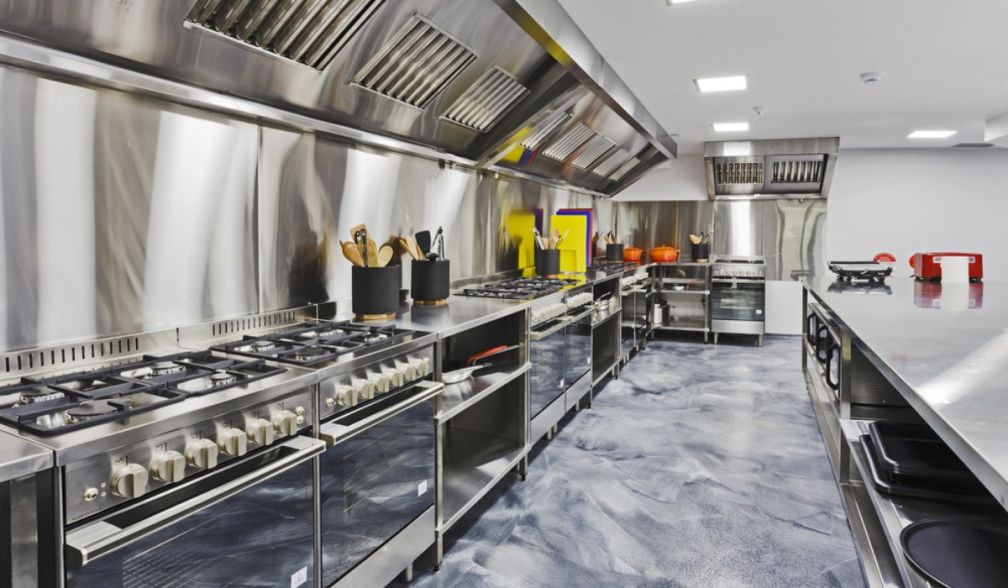4 Uses of Stainless Steel in the Food Industry
- Written by NewsServices.com

Stainless steel is used across many different industries. In the food industry, it’s used to make food preparation much more sanitary, which is why commercial kitchens look entirely made of stainless steel. Throughout this article, we’ll explore the properties of stainless steel and let you know where it’s used in the food industry.
Why Use Stainless Steel?
There are countless metals out there that could be used for food manufacturing, but what makes stainless steel the perfect choice? Here is a list of qualities:
-
Easy to clean. Coated with a chromium oxide film, stainless steel repairs superficial damage and can cope with harsh cleaning chemicals.
-
Heat resistant. Stainless steel begins to melt at around 2550°F, making it perfect for kitchen machinery.
-
Easily fabricated. Stainless steel can be welded, bent, and cut easily, which is why you will find utensils, cookware, and knives made of stainless steel.
-
Durable. In comparison to other metals, stainless steel calls for much less maintenance and repair.
Food Processing
Food processing takes agricultural products and turns them into sellable products. Often, food is treated with chemicals to make them last longer. Food processing plants need to be extremely sanitary, which is why many of the machines and tools are made from stainless steel, which is easy to clean. Great use of stainless steel in food processing can be seen in liquid transportation. By developing liquid transportation systems using sanitary tube, made out of stainless steel, businesses can ensure that final products are 100% sanitary.
Heat Lamps
If you’ve ever been into a commercial kitchen, you will have seen stainless steel countertops. There are many reasons for using stainless steel, including its heat-resistant properties. For example, the pass, used for keeping food hot before being delivered to the table, comes into day-long contact with extreme temperatures from heat lamps. If the surface was made of lesser metals, the surface would easily warp and be useless for the required purpose.
Equipment and Machinery
Catering equipment and machinery needs to last a long time and call for little maintenance, which is why stainless steel is perfect. Being resistant to high temperatures, cleaning chemicals, rusting, and much more means that equipment has a much longer shelf life.
Cookware
The reasons why stainless steel is used in the food industry are echoed in almost all use cases, and cookware is no different. Stainless steel is non-reactive, meaning it will cope with the acidic natures of raw meats and other foods. Further, the protective film of stainless-steel means that tough stains can be left to soak in chemicals without rusting or deterioration. Moreover, and this may sound obvious, the heat-resistant qualities of stainless-steel mean that open flame stoves and electric hobs won’t cause damage.
If you interact with any part of the food industry, you’ll see stainless steel all around, whether that be cutlery, kitchen equipment, or food processing. The durable and resistive nature of stainless steel is what makes it the perfect solution for hygienic food preparation.








